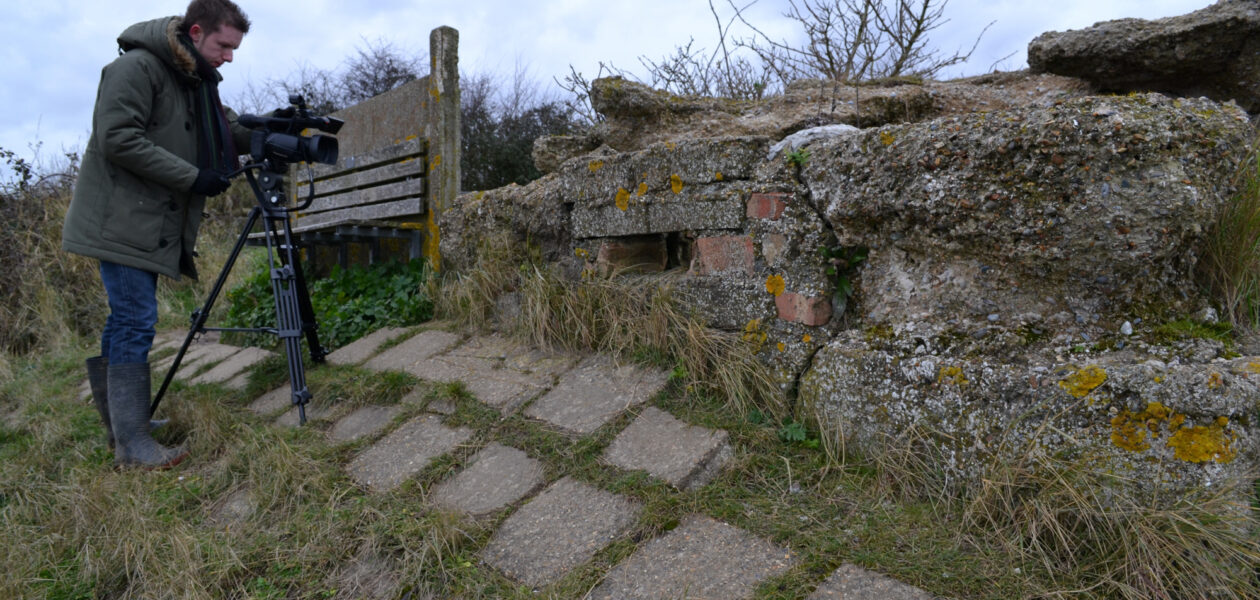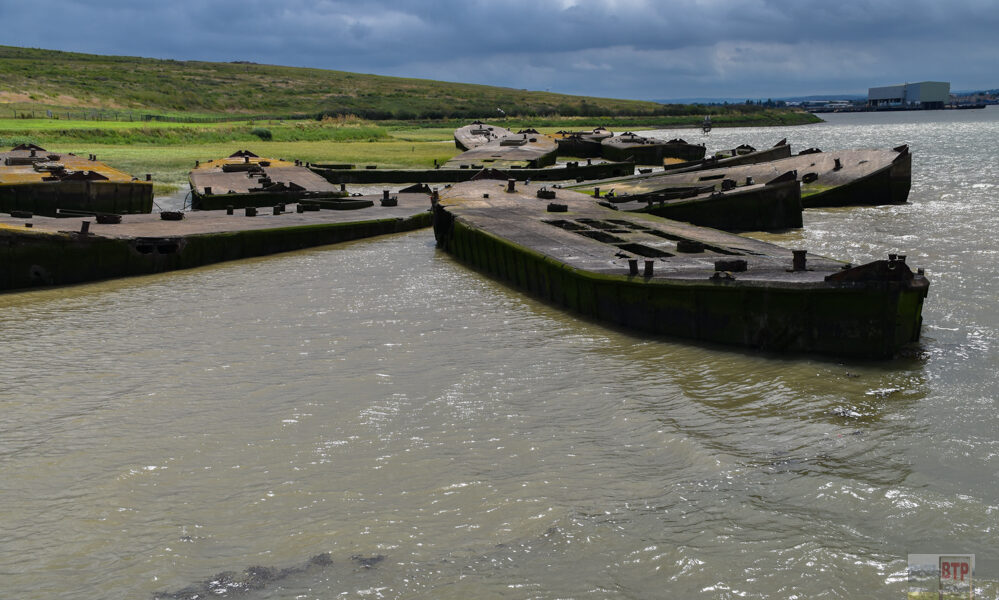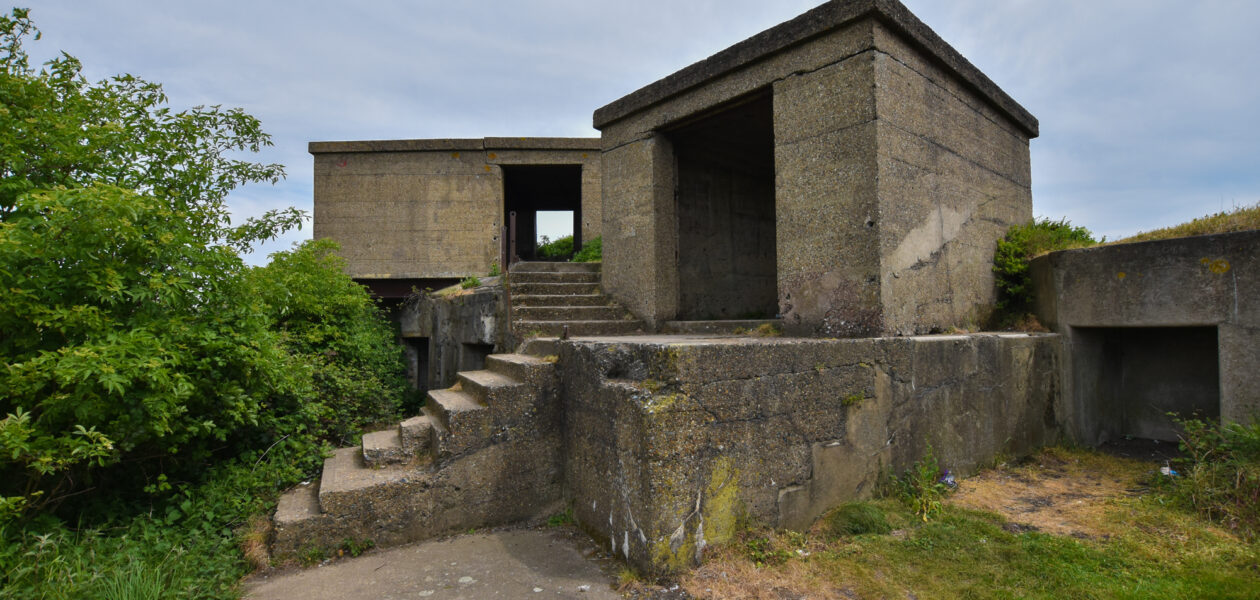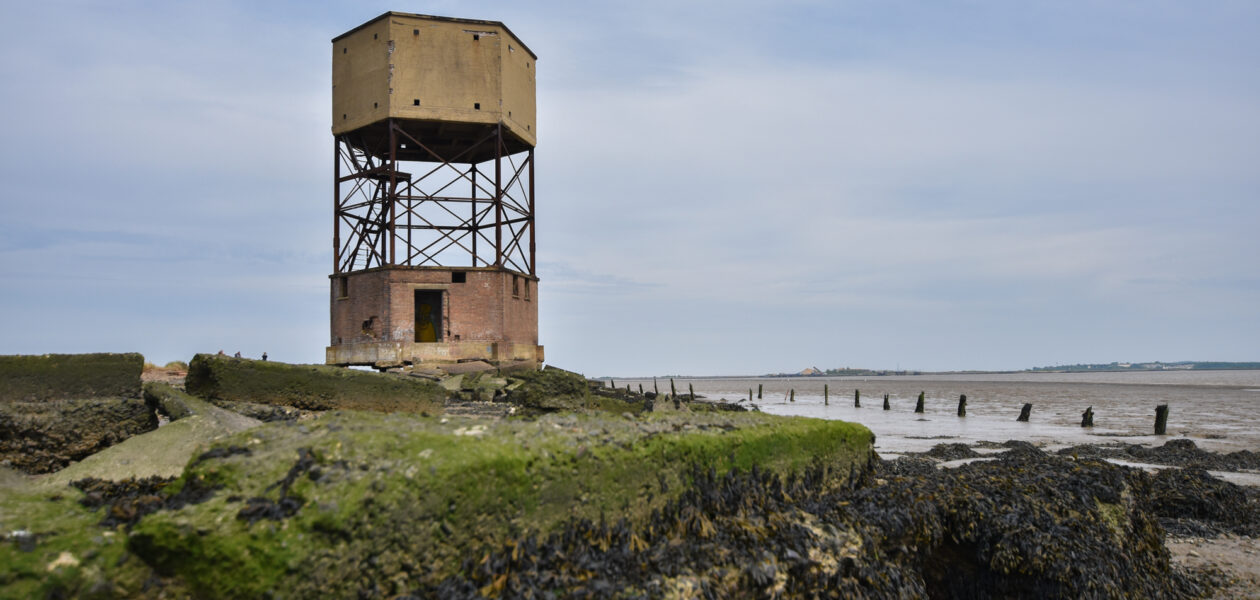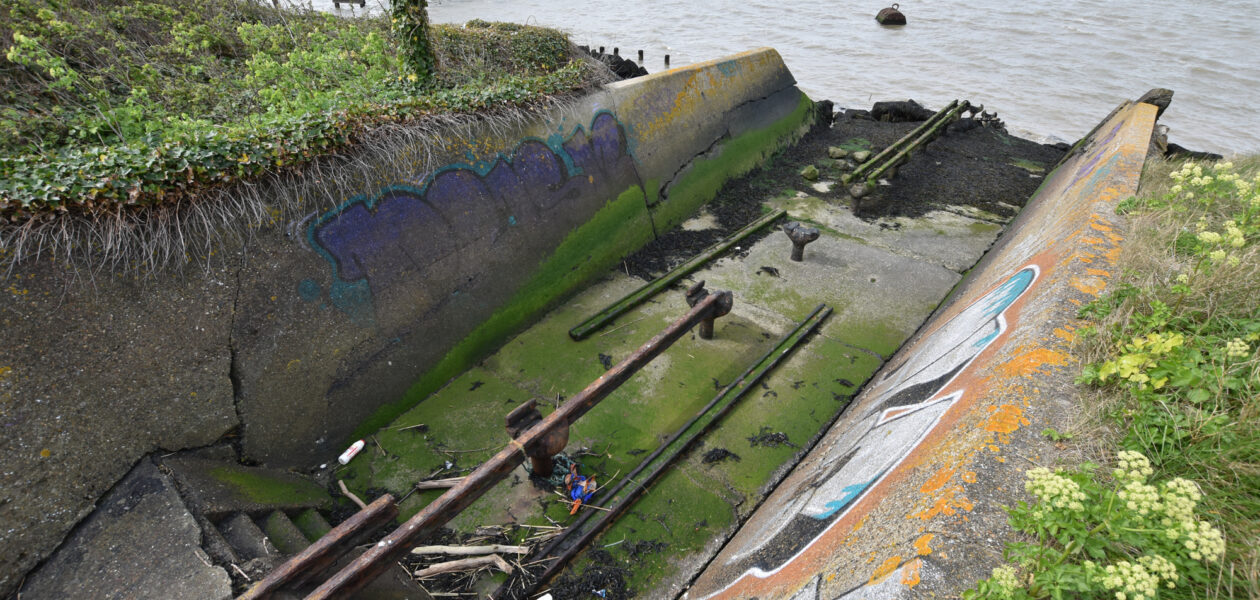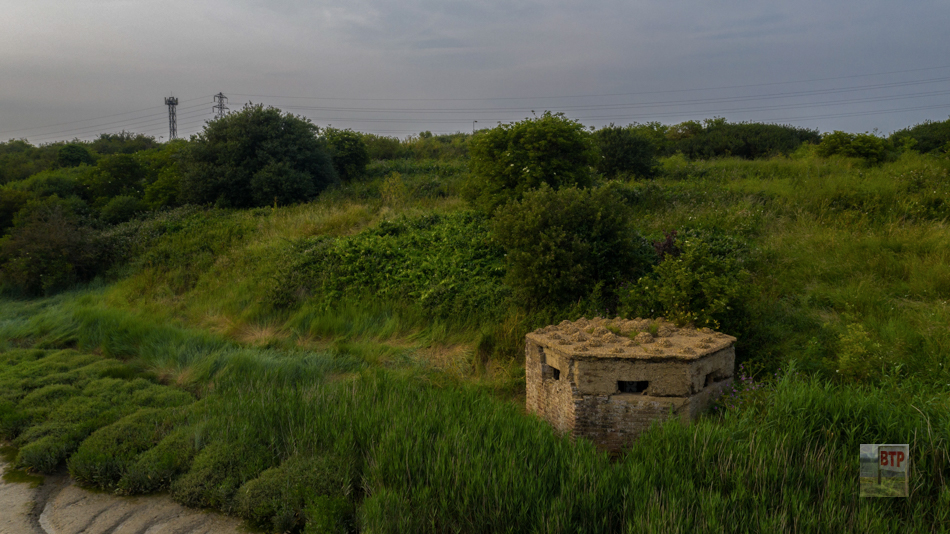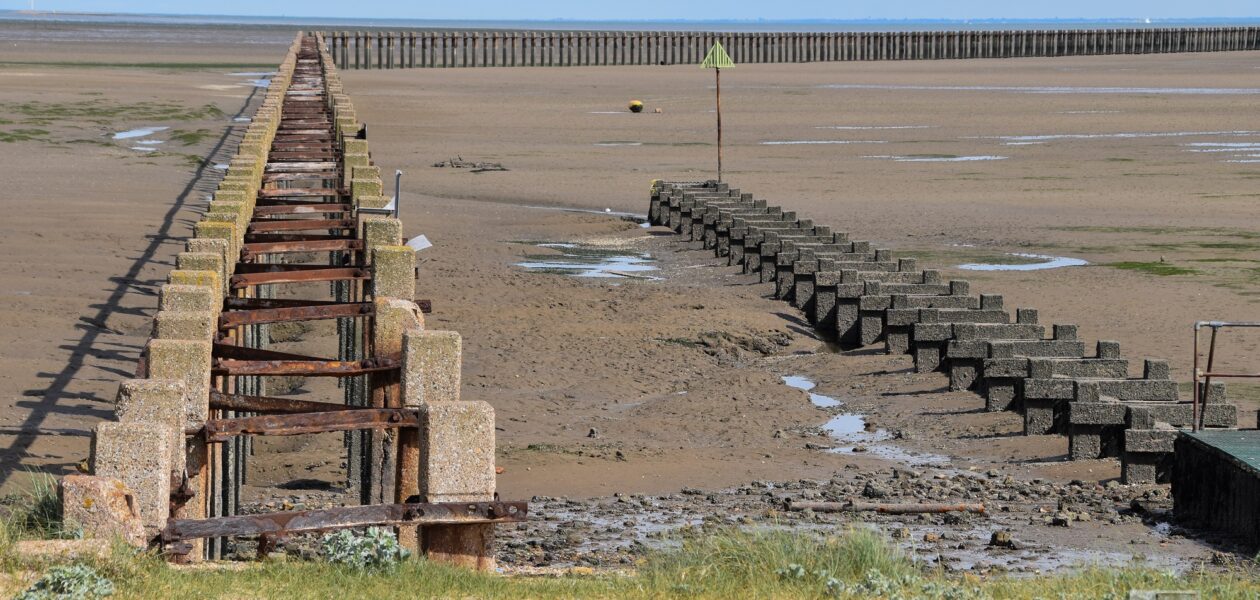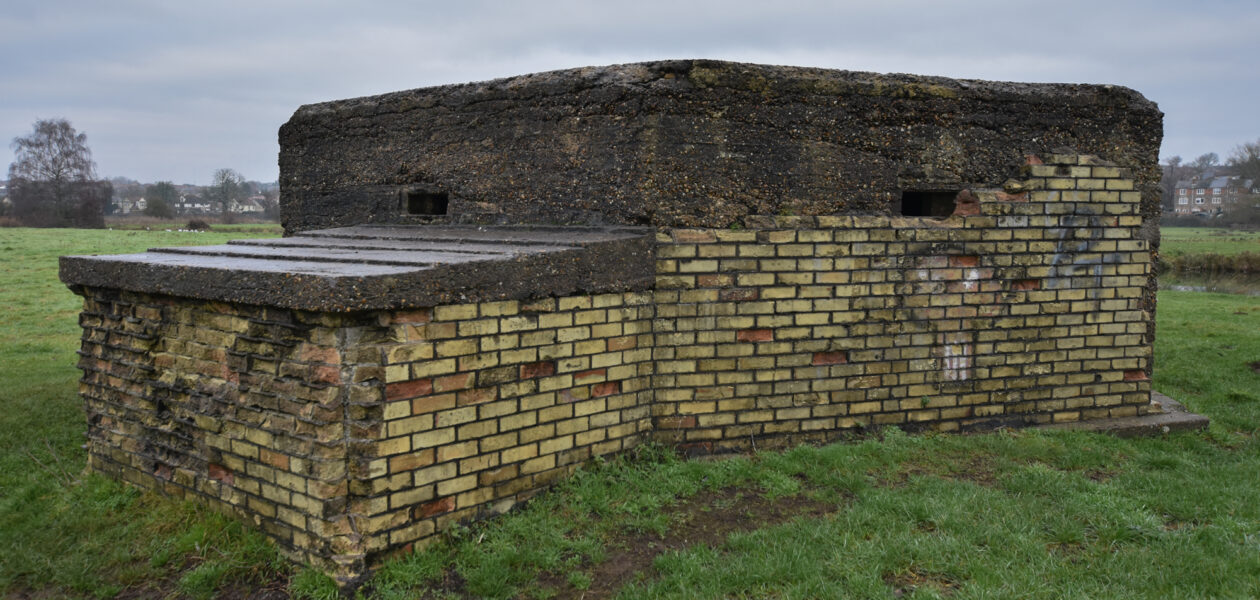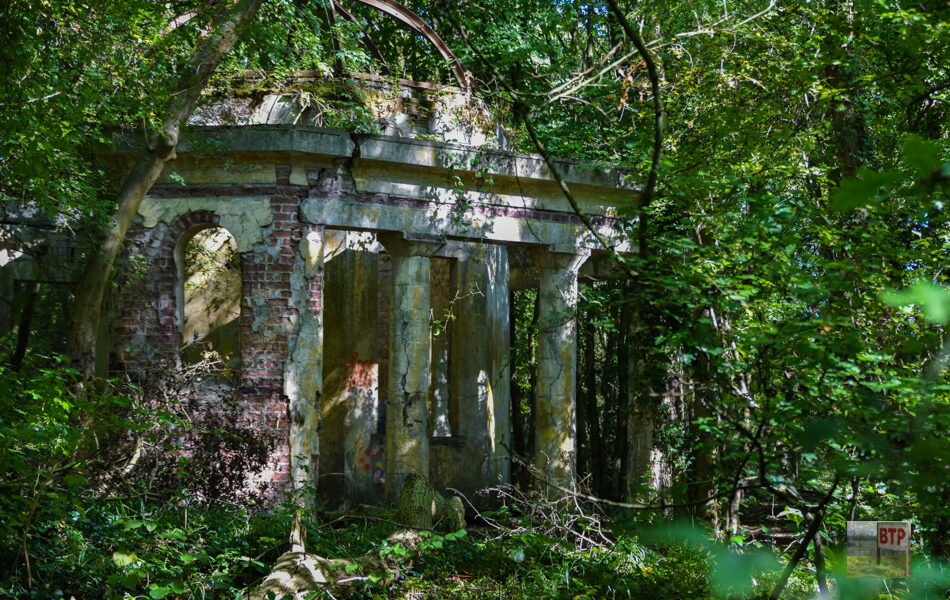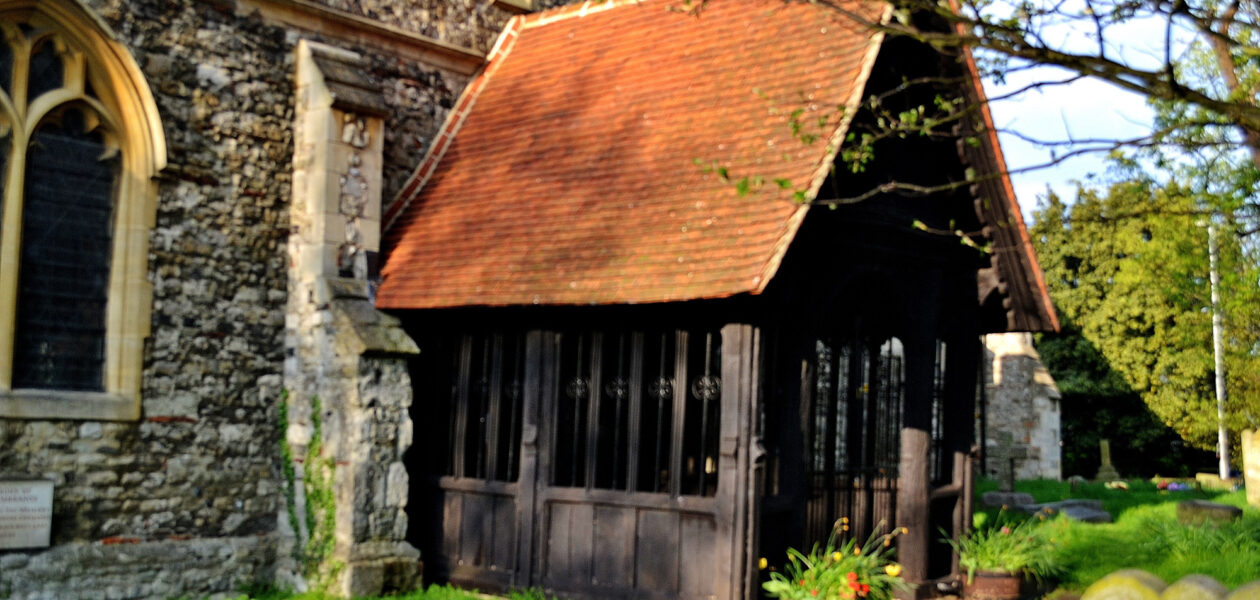Two Tree Island Pillbox
A pillbox can be found, which is located on the very eastern most point of Two Tree Island (just before the marshland), facing out at the invader coming down the Thames. It was in poor condition, suffering a gaping hole in it’s roof, and the concrete around it flaking away with the lightest touch. Despite…
View More
